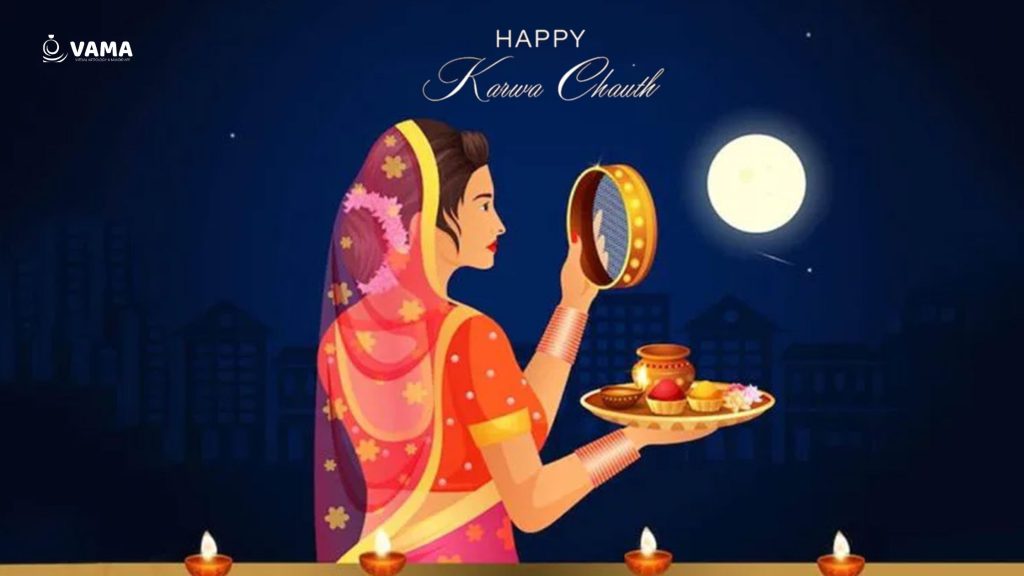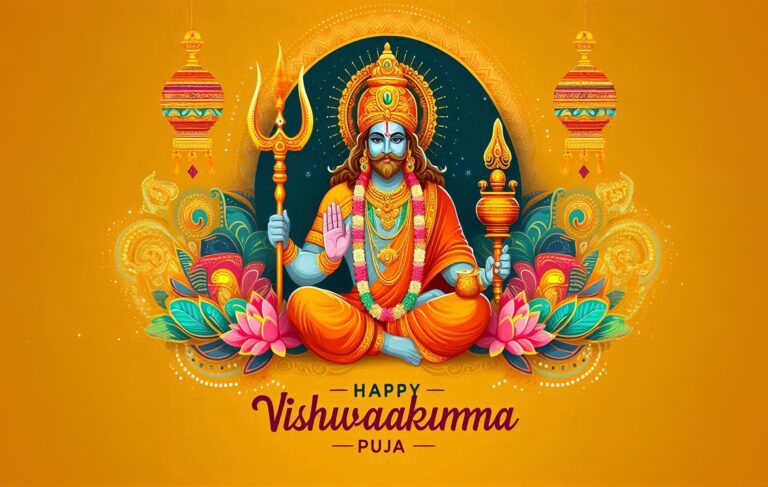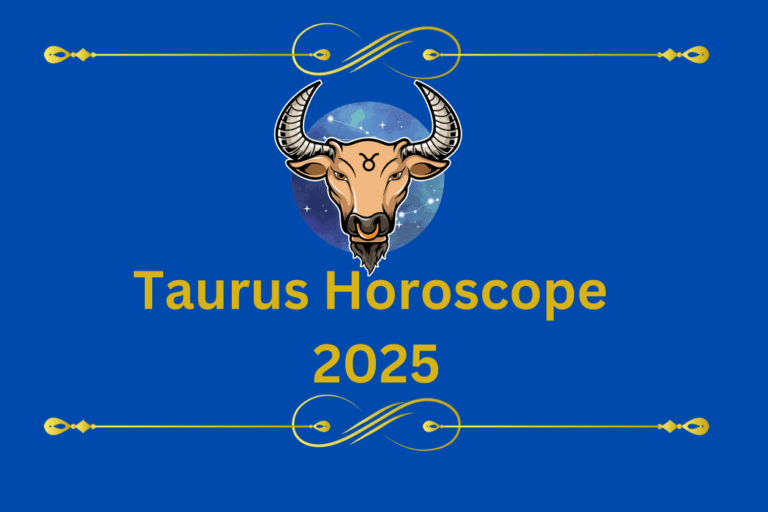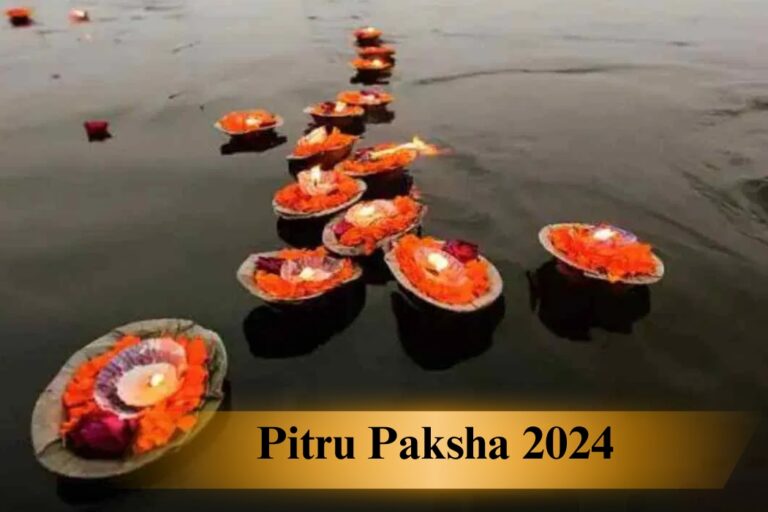Karwa Chauth 2023: Vrat Katha, Moonrise, Rituals, & Significance of 16 Shringar
"Have you ever wondered how a single day of fasting and rituals can weave a beautiful tapestry of love and devotion, bridging the gap between tradition and modern love stories?"

Karwa Chauth is a significant Hindu festival celebrated by married women across Northern India. It is a day of fasting and prayers that symbolise love, devotion, and the bond between a husband and wife. In this blog, we will explore the rituals and traditions associated with Karwa Chauth, shedding light on the cultural and emotional significance of this beautiful festival.
Date and Time
The date for Karva Chauth in 2023 falls on Wednesday, November 1st. This year, it begins on the evening of October 31st and continues until the evening of November 1st, which is the fourth day of the dark fortnight (Krishna Paksha) of Kartik month, according to the Hindu calendar. Hence, the fasting for Karva Chauth will be observed on November 1st, 2023, based on the sunrise and moonrise times.

Time of Pooja & Moonrise on Karva Chauth, Wednesday, November 1st 2023
- Karwa Chauth Puja Muhurat – 05:36 PM to 06:54 PM
(Duration – 01 Hour 18 Mins)
- Karwa Chauth Upavasa Time – 06:33 AM to 08:15 PM
(Duration – 13 Hours 42 Mins)
- Moonrise on Karwa Chauth Day – 08:15 PM
Story Of Karwachauth
“Why do we celebrate Karwa Chauth, and what is the captivating story that lies at the heart of this timeless tradition?”
Deep in the heart of ancient India, in a small village, lived a beautiful young woman named Veeravati. She was known far and wide for her striking beauty and her unwavering love for her husband. Veeravati’s life was full of joy until one fateful day when a tragic accident occurred. Her husband fell seriously ill, and it became clear that his condition was deteriorating rapidly.
In her desperation, Veeravati turned to the wise elderly women of her village, seeking a solution to save her beloved’s life. The elderly women narrated the tale of Karwa Chauth, a powerful tradition believed to grant long and healthy lives to husbands when followed with utmost dedication. Veeravati, with a heart brimming with love and hope, decided to observe this sacred fast.
On the auspicious day of Karwa Chauth, Veeravati began her fast at dawn. She neither ate nor drank throughout the day, praying fervently for the well-being and longevity of her husband. The hours passed, and as evening descended, she couldn’t help but feel weakened, but her love was strong and stood unwavering in these testing times.

Upon witnessing her suffering, Veervati’s brothers were deeply distressed. In response, they ingeniously set up a mirror in a Peepal tree, creating the illusion of the Moon in the sky. Sadly, just as Veervati broke her fast, the devastating news of her husband’s demise reached her, leaving her inconsolable and in tears. Determined to return home immediately, she unexpectedly encountered Goddess Parvati on her way. Maa Parvati revealed the deception by Veervati’s brothers and advised Veeravati to observe Chauth fasting on each month throughout the year including the fasting of Karwa Chauth and assured that her husband would come back alive.
After that Veeravati observed monthly fasting with complete trust and all rituals. Her steadfast dedication moved Yama, the lord of death, to restore her husband’s life. Finally, due to accumulating good karma (Punya) of those fastings, a year passed and the day of next Karva Chauth arrived. As the moon rose in the night sky, and the moment of truth arrived, she looked at the moon through a sieve and then at her husband. As Veeravati took that sip of water, her husband’s condition miraculously improved, and he was on the path to recovery. This way, Veeravati got her husband back.
From that day onward, the village began to celebrate Karwa Chauth as a day of deep love, devotion, and hope for the well-being of husbands. It was no more considered a fast merely, but a profound expression of love and sacrifice.
This Karva Chauth Katha featuring Queen Veervati is a well-known tale, often heard among women observing the fast.
The Significance of Karwa Chauth
“What makes Karwa Chauth a celebration of not just love but also a testament to the enduring bond of commitment and unity within marriages?”
Karwa Chauth is celebrated on the fourth day of the dark fortnight, right after the full moon in the Hindu month of Kartik. This festival holds immense importance for married women, as they fast from sunrise to moonrise for the well-being and longevity of their husbands. The word “Karwa” means ‘clay pot,’ and “Chauth” denotes the fourth day. The women observing the fast use clay pots, called Karwas, to store water and offer prayers during the day.
Now that we know the historical significance and story of Karva Chauth, let us delve deeper into the rituals that are followed on this day.
Did you know that Solah Shringar holds significant importance in Indian culture, particularly during special occasions like weddings and festivals, including Karva Chauth? – It is a symbol of a woman’s beauty, grace, and the cultural and traditional significance of her marital status, wherein, each element of the Shringar represents various facets of feminine beauty and tradition.
Let us understand them one by one. We have listed them below for your ease of reference:
What are the 16 Shringar and Their significance on Karwachauth:
Adorning the Solah Shringar, also known as 16 Shringar, on Karwa Chauth is rooted in the traditional embellishment and beautification of married women on this special day. These 16 adornments encompass:
- Bindi: A decorative embellishment, adorned in the centre of the forehead.
- Sindoor: Vermilion applied in the central hair parting.
- Mangalsutra: A sacred necklace symbolising marriage.
- Earrings: Ornamental earpieces.
- Nose Ring/Pin: A ring adorning the nose.
- Mehndi: Elaborate henna designs on the hands and feet.
- Hairstyling: Artful styling of the hair.
- Bangles: Traditional glass or metal bracelets.
- Rings: Finger rings worn on multiple fingers.
- Armlets: Ornate bangles or arm bands.
- Waistband: A decorative belt or waistband.
- Anklets: Decorative ornaments of silver or other materials, gracing the ankles.
- Toe Rings: Rings worn on the toes.
- Kajal: Eyeliner or kohl.
- Perfume: Fragrant attar or scent applied.
- Clothing: Donning traditional and vibrant attire, often a sari.
Significance:
These 16 Shringar elements are of great significance, as they epitomise a married woman’s aspiration to appear her best and feel good about the femininity that she proudly carries. They mirror her affection, commitment, and dedication to her partner, which are central to the celebration of Karwa Chauth. Furthermore, these adornments hold cultural and symbolic value, signifying the wholeness and prosperity of a married life. Karwa Chauth is a day when married women fast to wish for the well-being and longevity of their husbands, and the act of adorning themselves with these 16 Shringar items is an integral part of the ritual, amplifying the festivity and importance of the occasion.
Rituals and Traditions
“Celebrated with unwavering devotion and timeless rituals, Karwa Chauth is more than just a fast; it’s a testament to the enduring power of love.”
- Fasting: The most prominent ritual of Karwa Chauth is fasting. Women observe a strict fast without consuming food or water from sunrise to moonrise. The fast is broken only after sighting the moon.
- Sargi: Before the fast begins, mothers-in-law prepare a pre-dawn meal called “Sargi” for their daughters-in-law. It usually consists of sweets, dry fruits, and other delicious items to provide energy throughout the day.
- Dressing Up in Solah Shringar: As discussed above, women dress in colourful traditional attire, often wearing bridal dresses, jewellery, and applying henna on their hands. Looking their best is a way to celebrate the occasion.
- Puja Thali: Women perform a special puja in the evening.They prepare a “Puja Thali” containing a lit earthen lamp, a sieve, sweets, and other auspicious items. Sighting and offering water to the moon is essential, and marks the completion of the fast.
- Breaking the Fast: Once the moon is visible, women break their fast with the first sip of water from their husband’s hands and then have a meal together.
Cultural Significance
Karwa Chauth goes beyond the physical act of fasting; it symbolises the deep love and devotion that a wife holds for her husband. It is a day to pray for the long life and well-being of one’s spouse. The festival also strengthens the bond between a married couple and is an opportunity for families to come together and celebrate.
Lately, husbands have begun participating in fasting rituals for their wives, adding an extra layer of significance to the festival by symbolising love, mutual understanding, and compassion between both partners.
Our Take
Karwa Chauth is a wonderful commemoration that exemplifies the affection, dedication, and loyalty found in a marital bond. The customs and practices linked with this event foster stronger family bonds, and the unwavering devotion of fasting women is genuinely praiseworthy. It serves as a testimony to the lasting power of love and the significance of upholding traditions in a world that is evolving swiftly.

For more information on Karva Chauth and other festivals, we recommend you to download the VAMA app and stay connected.




